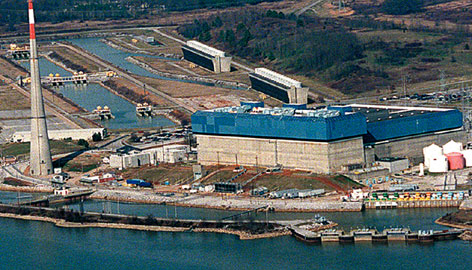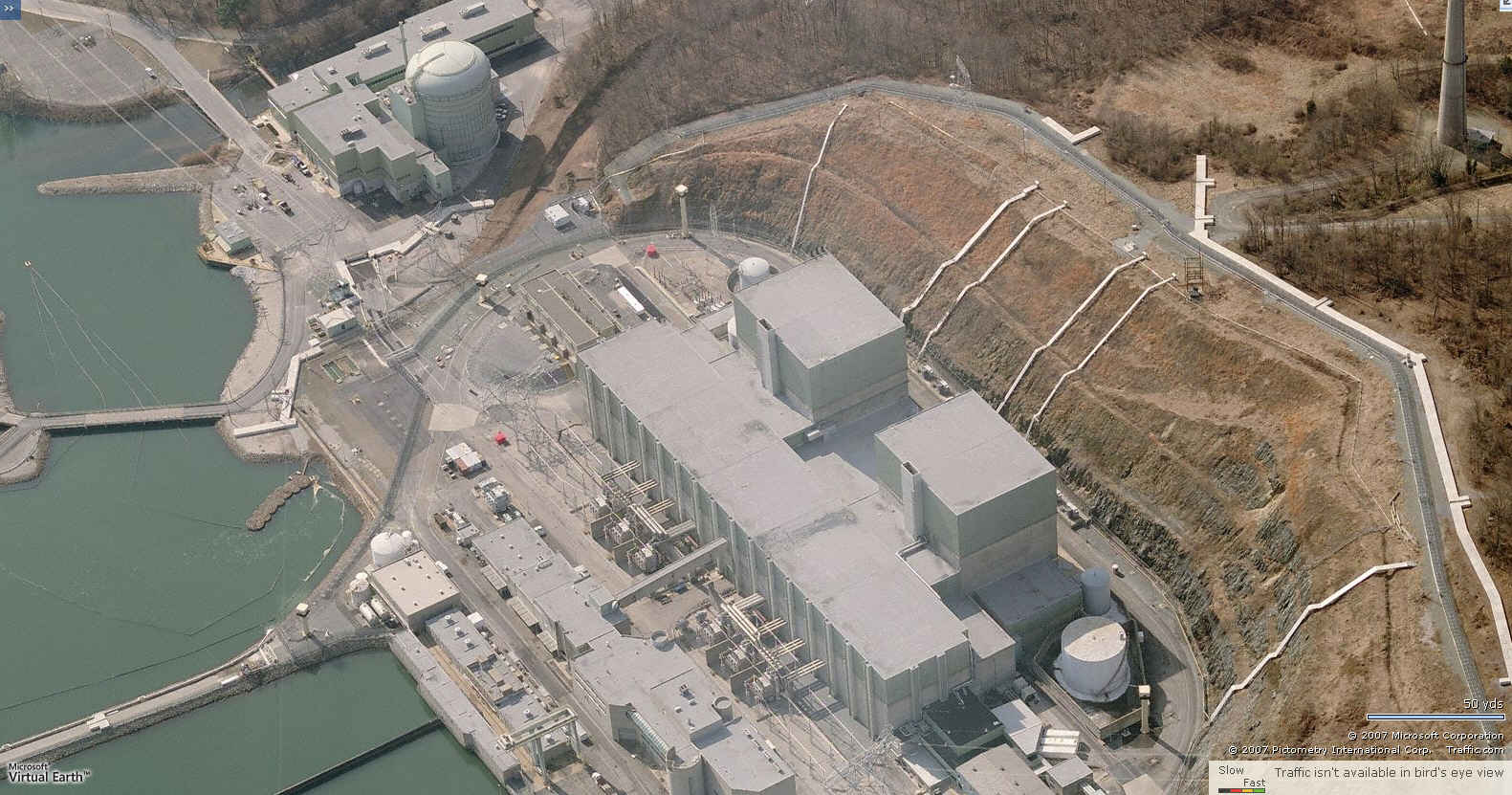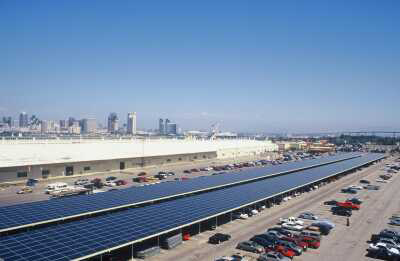Nuclear Power

If all newspapers took their job as seriously as the Chattanooga Free Press, we at NIRS might be able to work ourselves out of a job. Of course, not all newspapers have such first-hand experience dealing with the bumbling incompetence at the Tennessee Valley Authority. In this scathing editorial, And they want us to believe nuclear power is safe, the paper takes TVA to task for a May 6 shutdown at the Browns Ferry Unit 3 reactor that, in the words of UCS’ David Lochbaum, “the plant’s safety studies explicitly state that this will not happen.”
What happened is that “two recirculation pumps that supply water to cool the reactor core unexpectedly quit working.” TVA safety analyses said that could not happen. But it did. The reactor shut down, and TVA says it will remain on standby until an investigation of the accident is complete. Unfortunately, an investigation isn’t likely to make the aging and perennially-troubled three-unit Fukushima-clone Browns Ferry complex any safer.
Unfortunately, there’s no surprise from this report in Japan’s Mainichi newspaper. Japanese researchers have determined that the amount of radioactive Cesium-137 released from the Fukushima disaster is as high as 20,000 terabequerels, or 1 1/2 times higher than Tepco had previously admitted. As we have pointed out in numerous venues, most of that Cesium-137 (and the myriad of other radioisotopes released from Fukushima), was deposited in the Pacific Ocean–according to this report 12,000 to 15,000 terabequerels–because that’s where the wind took it (except, of course, for the large amounts released in water directly to the ocean). That–and not the inadequate protective measures taken by the Japanese government–is the primary reason that the death and disease toll from Fukushima will not be extraordinary and that most of north central Japan remains habitable. In other words, Japan was saved from complete catastrophe only by the vagaries of the wind.
Meanwhile, former Japanese Prime Ministers Junichiro Koizumi and Morihiro Hosokawa have formed a new national anti-nuclear organization, supported by numerous Japanese celebrities, politicians and scholars. Notably missing from the initial supporters is former Prime Minister Naoto Kan, who also has taken a strong anti-nuclear stance since Fukushima. The organization’s immediate goal is to prevent restart of the nation’s existing nuclear reactors, and to move toward clean, renewable energy. But the organization will not involve itself in elections; Hosokawa lost a Tokyo gubernatorial election in February and apparently does not want to re-enter the political arena.

The NRC has provided more details about its ongoing re-evaluation of seismic hazards for nuclear reactors and has told utilities operating 18 reactors in ten eastern and central states to submit detailed reports on their seismic qualifications by mid-2017 (only the NRC could consider that lightning-fast….). As the article states, “The requirement comes after new seismic modeling showed that earthquake risks beyond the West Coast are greater than was understood when most American nuclear-power plants were built in the 1970s and 1980s.” And, although the pace of change is slow at the NRC, the eventual outcome could be significant: “The government may eventually require nuclear plants to upgrade and harden structures and equipment to better withstand temblors, but for some operators that could cost more than the plants are worth and force them to shut down.” The affected reactors include Callaway in Fulton, Mo.; Cook in Bridgman, Mich.; Indian Point in Buchanan, N.Y; North Anna in Louisa, Va.; Oconee in Seneca, S.C.; Peach Bottom in Delta, Pa.; Pilgrim in Plymouth, Mass.; Robinson in Hartsville, S.C.; Vogtle in Waynesboro, Ga.; and Watts Bar in Spring City, Tenn. Note: the article linked to is from the Wall Street Journal, if full article doesn’t show up, paste this headline into Google: Regulators Worry Nuclear Plants Are Vulnerable to Quakes.
The Department of Energy says it could be three years before the Waste Isolation Pilot Plant (WIPP) radioactive waste dump in New Mexico is re-opened. DOE officials now think a so-far unknown chemical reaction may have caused radiation leaks at the site in February and March. The reaction most likely occurred in waste prepared and shipped improperly from the Los Alamos National Labs. That has now forced Los Alamos to stop shipping its waste to the Waste Control Specialists (WCS) dump site in west Texas on the New Mexico border (just down the road, less than a mile, from the LES uranium enrichment plant). Not that it’s ever been clear that WCS is licensed to take Los Alamos waste in the first place….
German utilities are just like their U.S. counterparts–when things are good, they want the government out of their way; but when there’s financial risk involved, it’s a different story (article from Financial Times, requires free registration). In this case, Germany’s nuclear utilities want the government to take charge of the upcoming and costly decommissioning of the nation’s nuclear reactors. The utilities proposed creation of a government bank to take over the process. They would give the government all the money they have collected so far and in return the government would agree to pay all the cost overruns. Not surprisingly, the government doesn’t seem terribly interested in the deal. Decommissioning costs for Germany’s 17 reactors are estimated at about $30 Billion Euros (approximately $40 Billion or so), far more than the utilities have collected. That cost estimate–nearly $2.5 Billion per reactor–should sound a strong warning bell for the U.S., where decommissioning costs are typically estimated in the hundreds of millions of dollars per reactor–not billions–and where decommissioning funds are thus likely to fall far short of what is needed. Expect a similar “offer” from U.S. utilities as the pace of reactor shutdowns accelerates.
Speaking of closed reactors, Wisconsin’s Kewaunee has joined the ranks of shutdown reactors that are trying to get out of emergency planning regulations, despite the fact that their highly-radioactive fuel rods will remain onsite for the foreseeable future.
While most in the nuclear industry think that any and all kinds of nuclear power are just groovy, there is also that wing of nuclear proponents (we’ll call it the James Hansen wing), that want speedy development of “advanced” reactors that exist only on paper. Some, like Hansen, want Integral Fast Reactors (IFRs) or some other failed design (work on developing IFRs has taken place for decades, with no actual reactors in sight), but a vocal group of nukers are backing thorium-fueled reactors as the wave of the future. And, as it turns out, the thorium concept is also decades-old and just as faulty. Today, the Bulletin of Atomic Scientists published an article from former Energy Department official Robert Alvarez that details the failed history of thorium reactors and explains why they’ll never be a viable energy option. Take it and show it to the next thorium-crazed booster you meet (and if you follow nuclear issues on Twitter, you’ll probably meet a lot).
Clean Energy

We’ve long advocated parking lots as solar power plants. Just think of all that vacant space above parking lots that soak up the sun all day long. Putting solar panels above parking lots not only keeps cars cooler, they can serve as electric vehicle charging stations and provide power to the grid. Only a few such solar parking lots exist–probably the largest is this U.S. Navy test installation in San Diego, but now our home state of Maryland has set up a program to encourage establishment of such facilities in the state.
Now this is cool. The next step after solar parking lots? Solar-powered roads, of course. This project is still at the crowdfunding at indiegogo.com stage, but the potential is there. A small start-up has developed a technology that allows for solar photovoltaics encased in glass designed to be “strong enough to easily withstand cars, fully loaded trucks, and even 250,000-pound oil drilling equipment. The textured surface means it isn’t slippery, and since it can self-power small heaters inside to melt ice in winter, it’s supposedly safer than an ordinary road. It also powers small LED lights inside that can light up dividing lines and spell out warning messages–if motion sensors detect a deer crossing the road, the lights can automatically tell drivers to slow down.” Given how many miles of road there are in the U.S. (18,000 square miles worth), “Eventually, if every paved surface was covered in the product, the panels would produce more power than the nation uses.” We’re in.
Michael Mariotte
May 12, 2014
Permalink: https://www.nirs.org/2014/05/12/nuclear-newsreel-may-12-2014/
You can now support GreenWorld with your tax-deductible contribution on our new donation page here. PayPal now accepted. We gratefully appreciate every donation of any size–your support is what makes our work possible.
Comments are welcome on all GreenWorld posts! Say your piece above. Start a discussion. Don’t be shy; this blog is for you.
If you like GreenWorld, you can help us reach more people. Just use the icons below to “like” our posts and to share them on the various social networking sites you use. And if you don’t like GreenWorld, please let us know that too. Send an e-mail with your comments/complaints/compliments to nirs@nirs.org. Thank you!
Note: If you’d like to receive GreenWorld via e-mail daily, send your name and e-mail address to nirs@nirs.org and we’ll send you an invitation. Note that the invitation will come from a GreenWorld@wordpress.com address and not a nirs.org address, so watch for it.



